Climate Change Is Intensifying the Water Cycle, New IPCC Report Finds
Circle of Blue
AUGUST 11, 2021
According to the United Nations’ Intergovernmental Panel on Climate Change report published Monday, Southeast Asia coastal zones are among the world’s most climate vulnerable regions. There are a handful of high-impact “tipping points” that could drastically change global or regional water cycles.


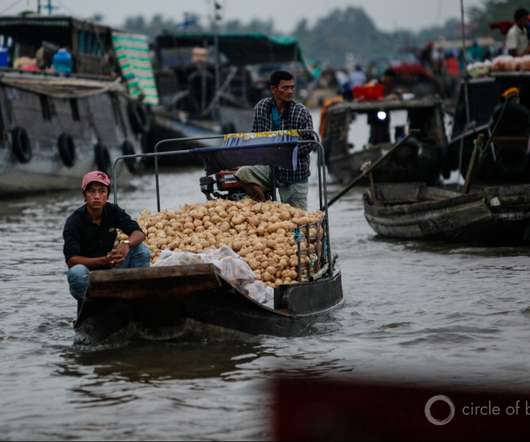
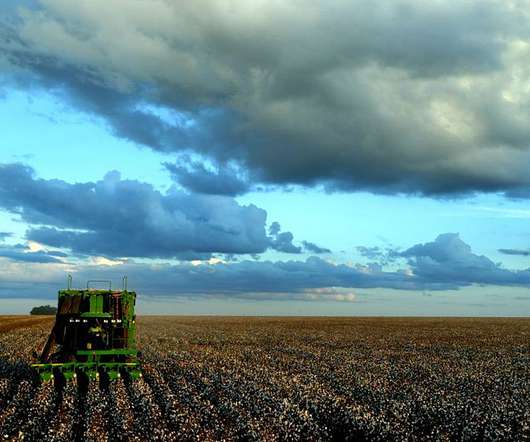



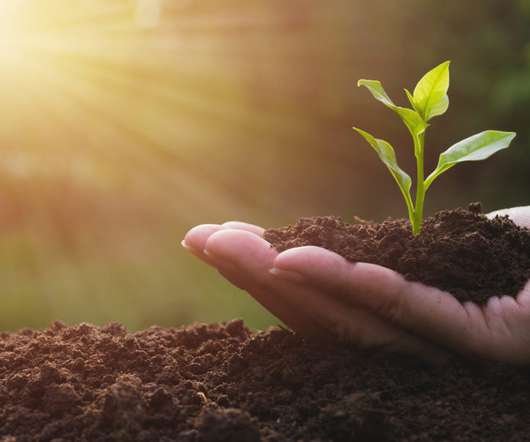
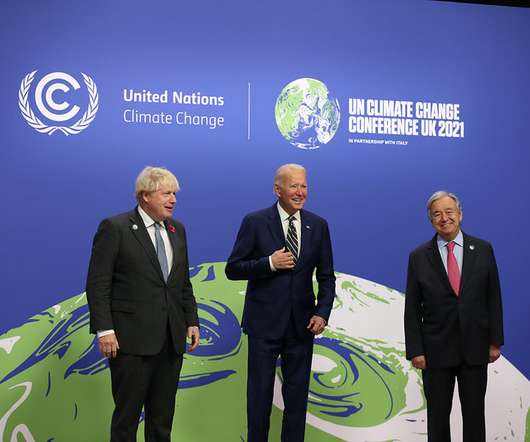
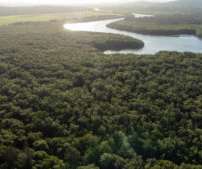
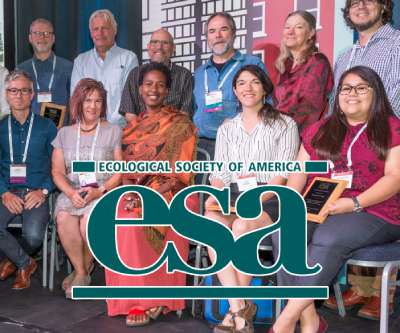






Let's personalize your content